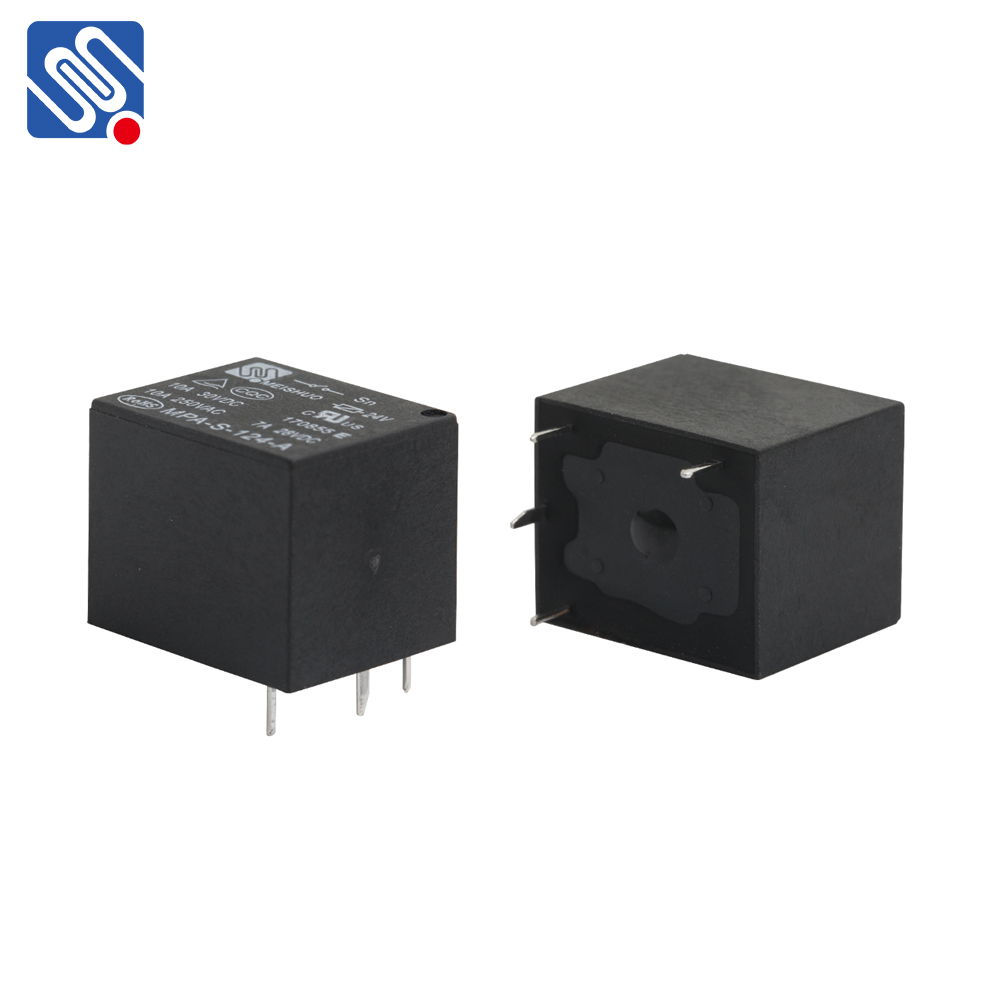Relay circuit design is an essential aspect of electronics, playing a crucial role in controlling high-power devices using low-power control signals. Relays, often referred to as electromagnetic switches, provide a safe and efficient way to switch large loads with small control currents. In this article, we will explore the principles behind relay circuit design, their applications, and the key considerations for designing reliable and effective relay circuits.

1. Understanding the Relay Circuit A relay is an electromechanical device that uses an electromagnet to open or close a set of contacts. When an electrical current flows through the coil (electromagnet) of the relay, it generates a magnetic field that pulls or pushes a mechanical switch, thereby controlling the flow of electricity through the contacts. Relays are typically used to switch larger currents or voltages, which are often beyond the capabilities of a simple electronic control circuit. The basic components of a relay include: Electromagnet (Coil): The coil is the key component that generates the magnetic field when energized.